Philly schools are mostly treading water, performance report says
The Philadelphia School District released their 2013-2014 academic report cards for schools across the city, and the results are what some might expect.
The Philadelphia School District released their 2013-2014 report cards for schools across the city, and the results are what some might expect.
Overall, the last academic year saw a few praiseworthy improvements, a whole lot of treading water, and a troubling drop in performance ranking.
Keep in mind that the School Progress Report (SPR) figures do not represent all Philadelphia schools, as 25 percent of charter schools opted not to take part in the report.
Still, this year’s report paints a more detailed picture of Philly education than in years past. It incorporates new information like student-parent surveys, expanded college-readiness indicators, and even a special progress report section on the lowest-performing quintile of students in the district.
Compared to the last SPR report from 2012-13, the majority of schools (60 percent) neither performed better nor worse. Meanwhile, a concerning 32 percent of schools dropped to a lower performance tier, while only 8 percent moved up on the same scale — 17 schools, to be exact.
That 8 percent is worth noting, however. Of the 17 schools that moved to a higher performance tier, 16 were neighborhood schools.
One of the more beneficial aspects of the SPR is that it serves as evidence of the inequity in the schools, and drives new action plans.
“The SPR is a work in progress, but its responsiveness to inequity in schools is already valuable,” said School District Superintendent Dr. William R. Hite. “These inequalities drove the creation of Action Plan 3.0 and its focus on the needs of underserved children. Our multi-pronged plan, which includes collaboration with top external providers, will enable us to improve and turn around struggling schools.”
Action Plan 3.0 outlines a plan to target neighborhood schools and set up district networks to work with schools based upon performance classifications, which can be determined through quantitative surveys like the SPR.
“The SPR results highlight the urgent work we must pursue to improve our schools,” said Dr. Hite. “It is more important than ever that we continue advocating for additional resources from our state and local funders to make crucial investments for our students and schools.”




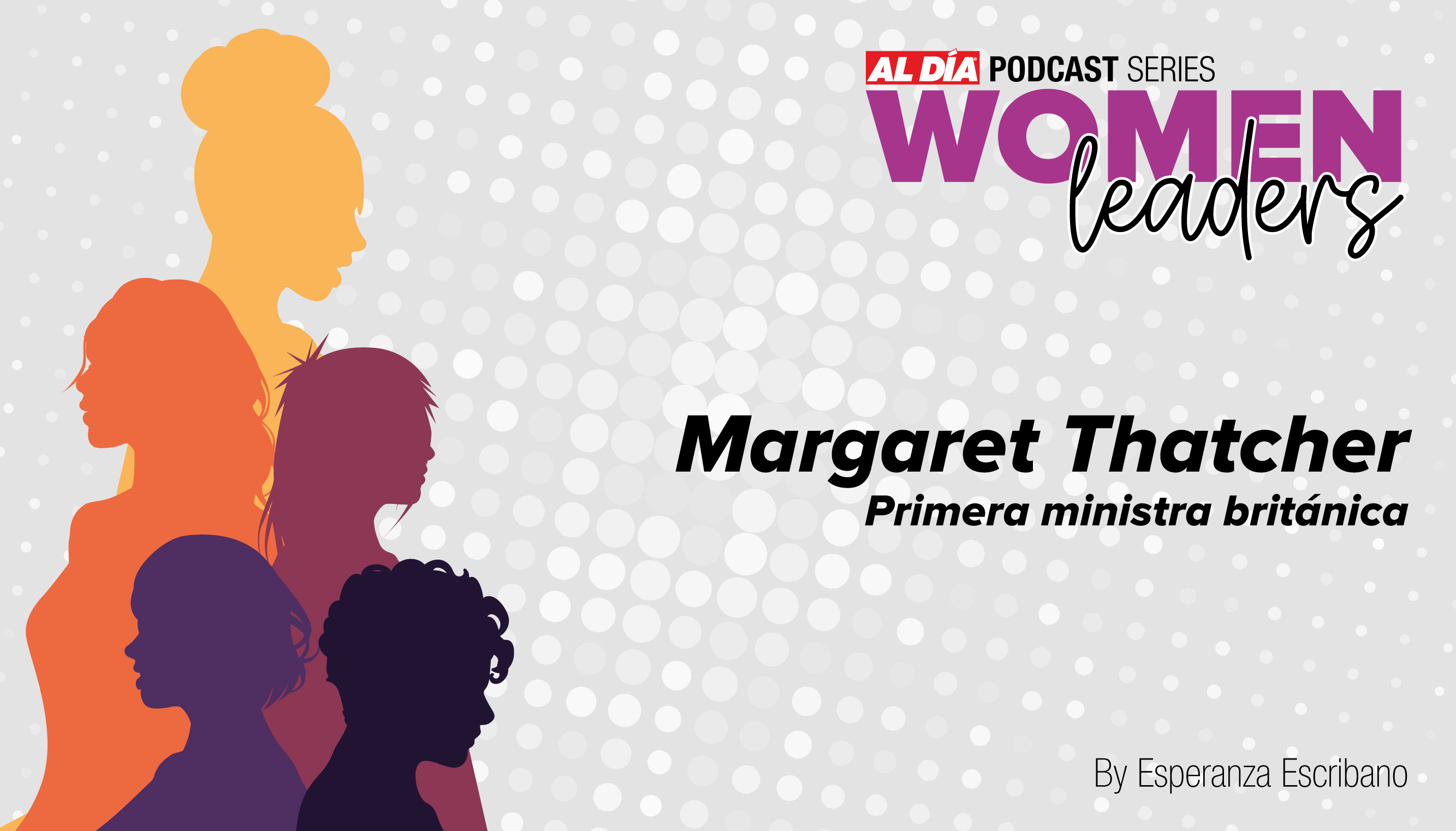
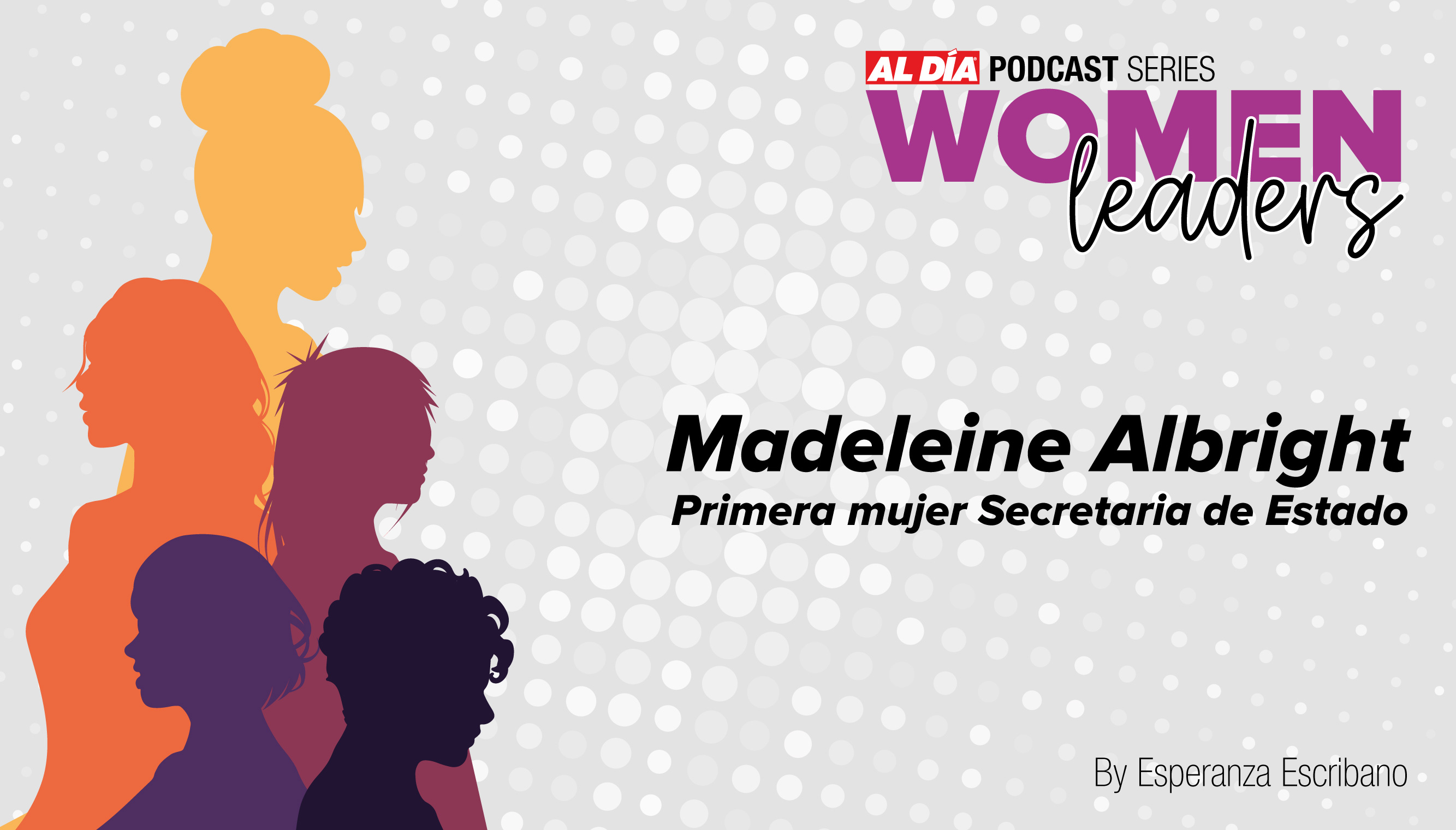
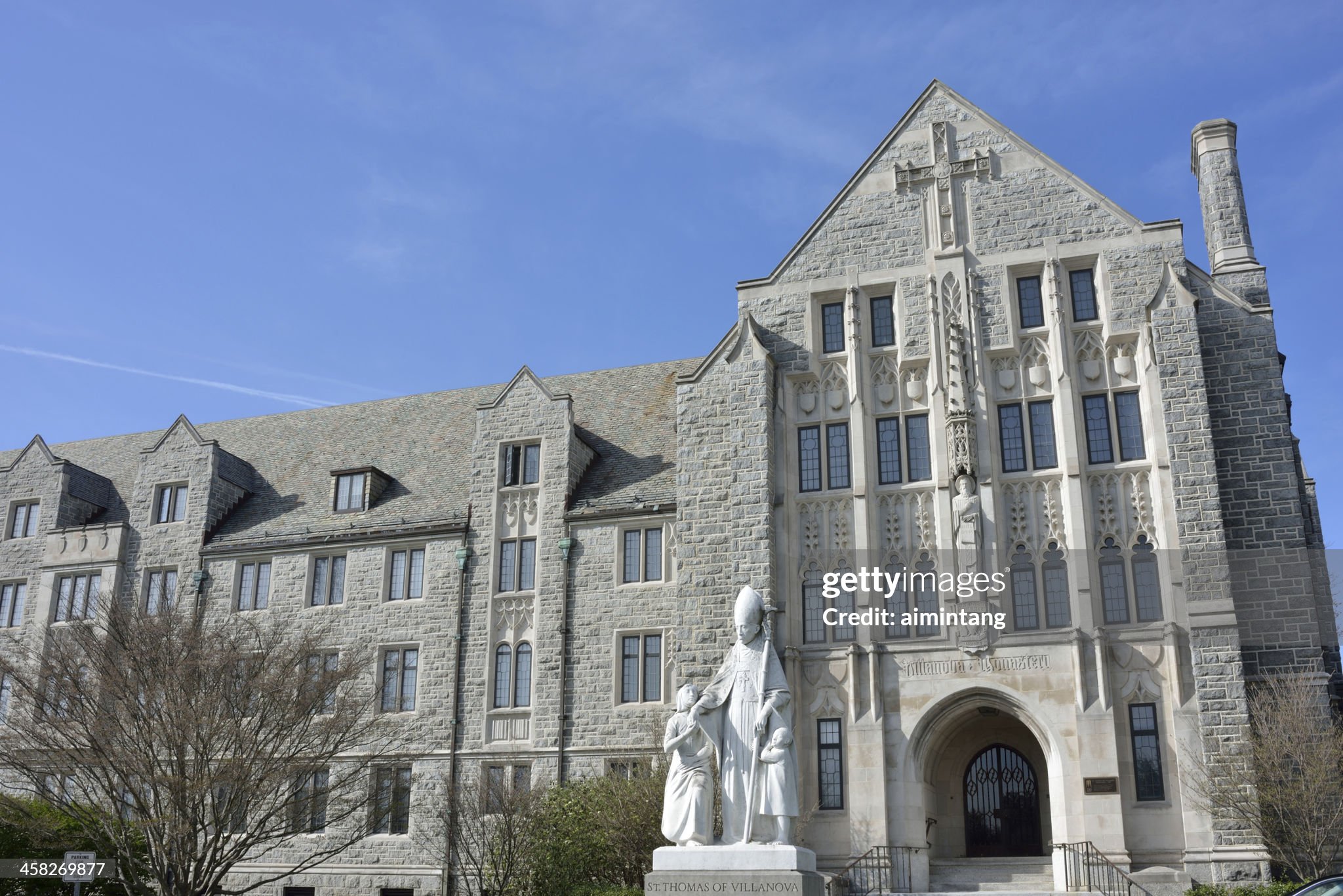
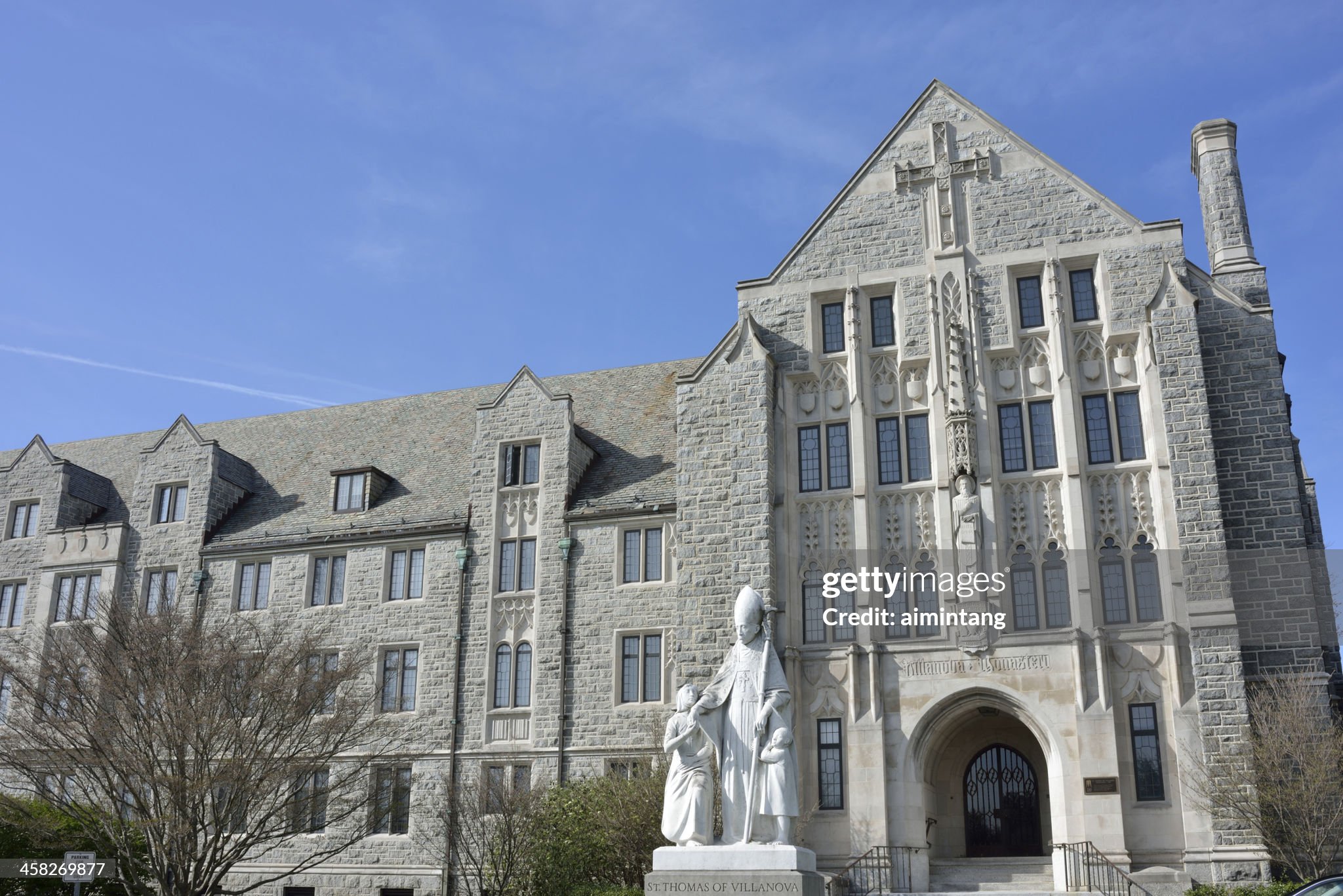
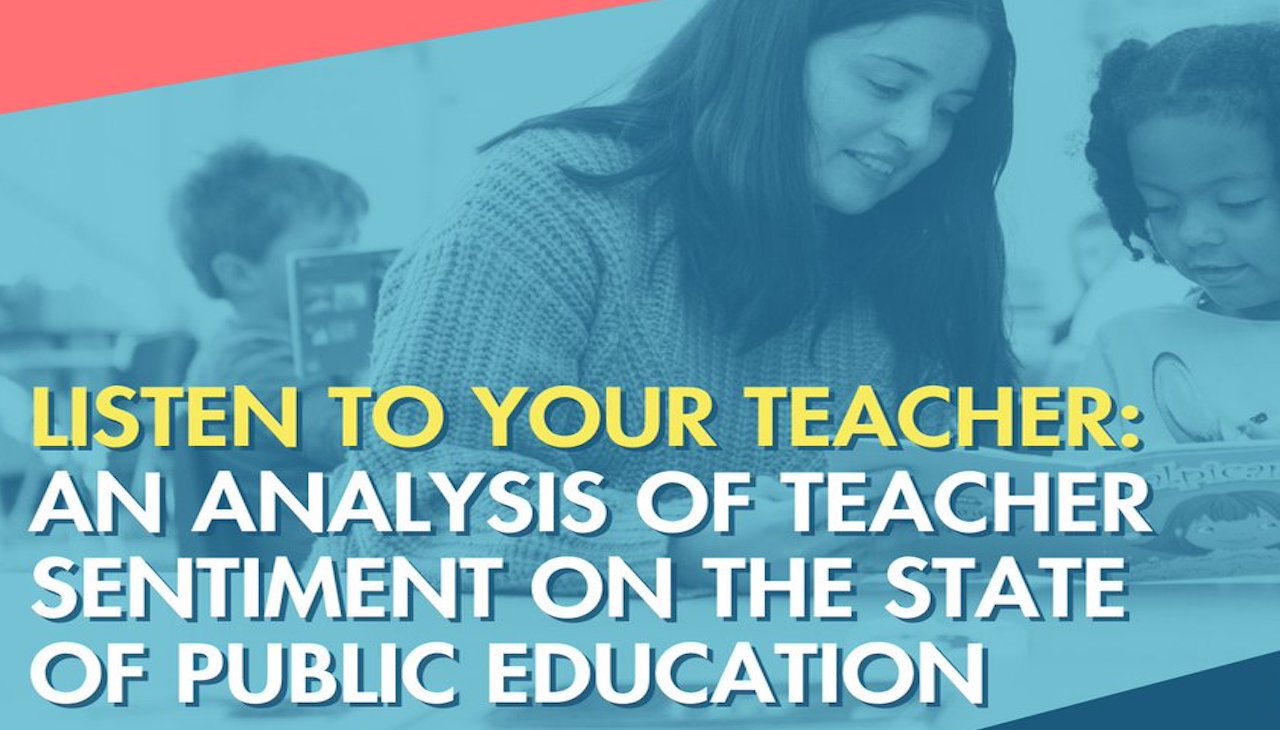
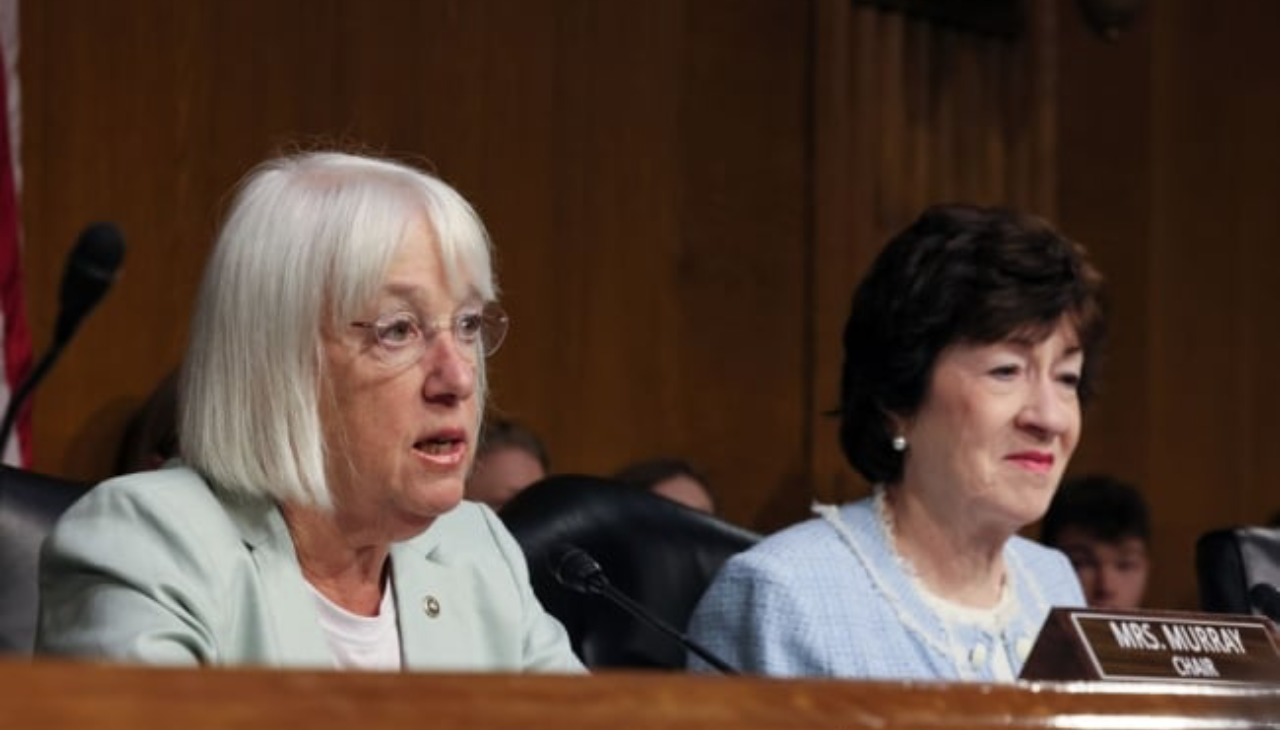
LEAVE A COMMENT:
Join the discussion! Leave a comment.